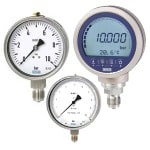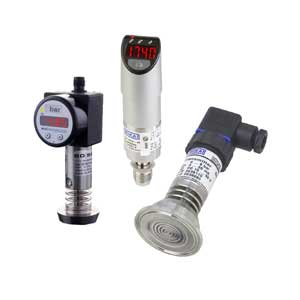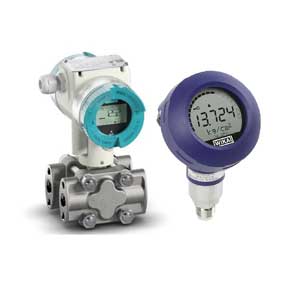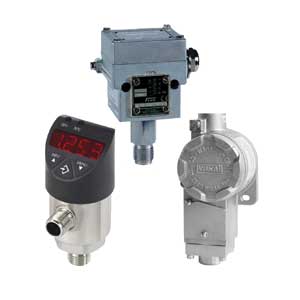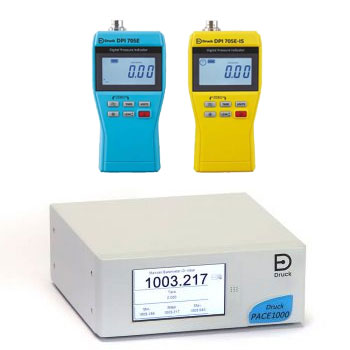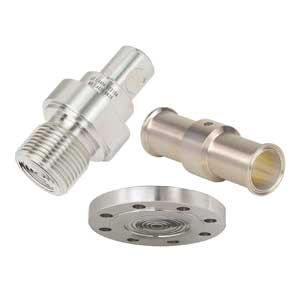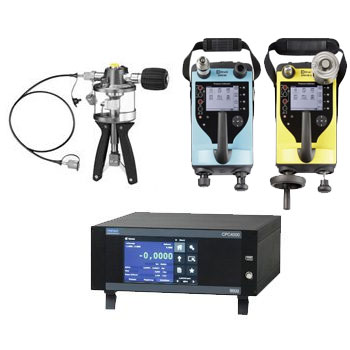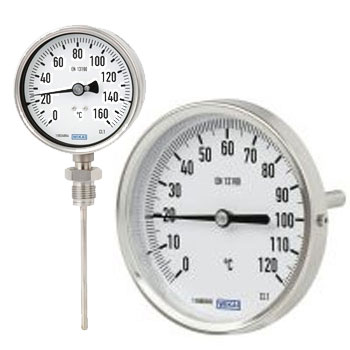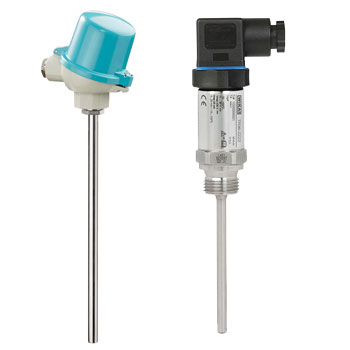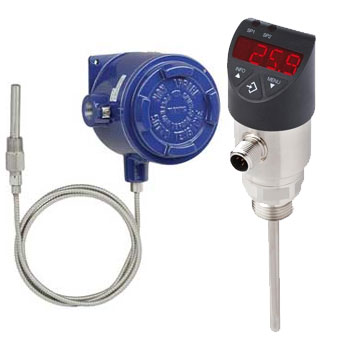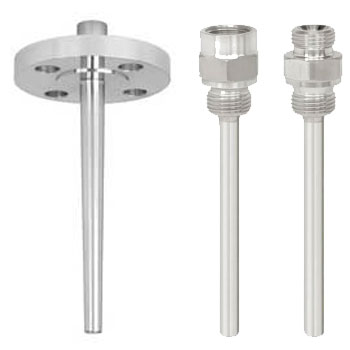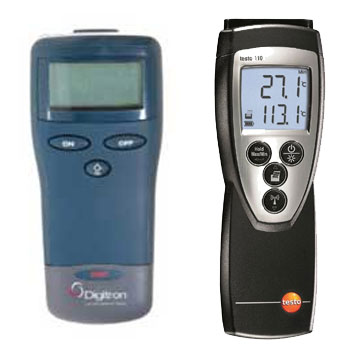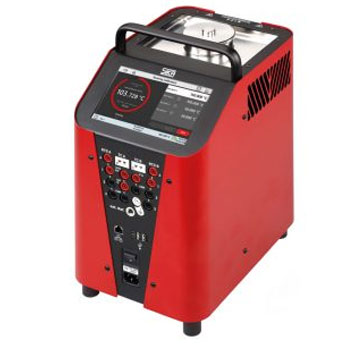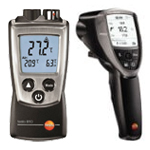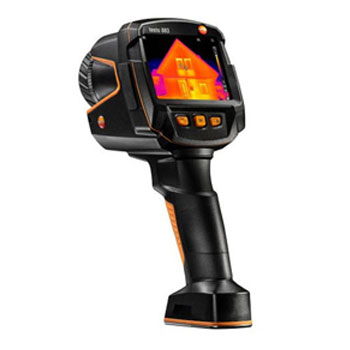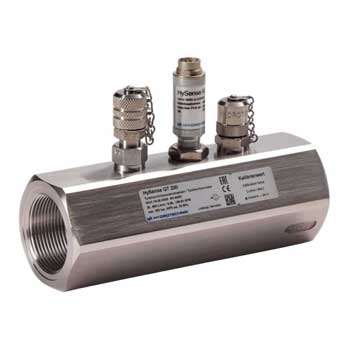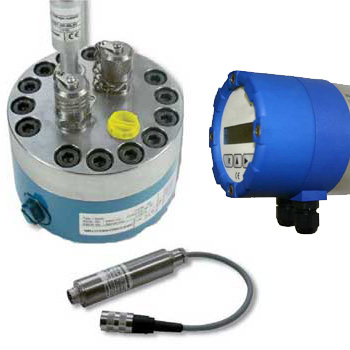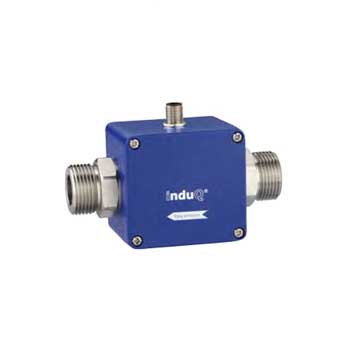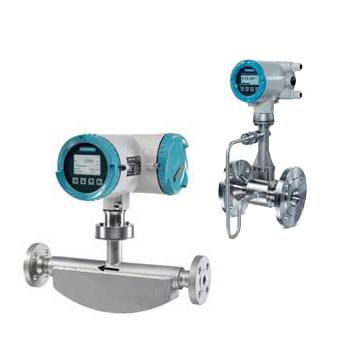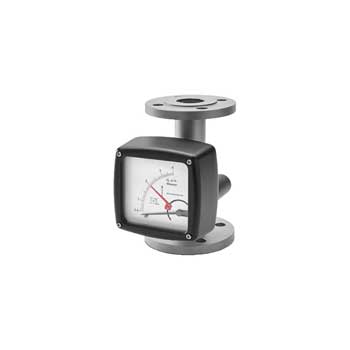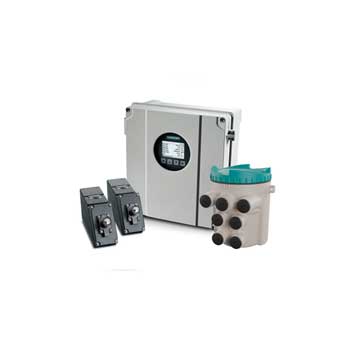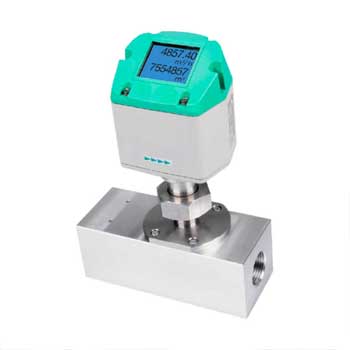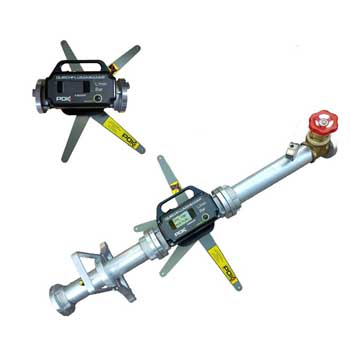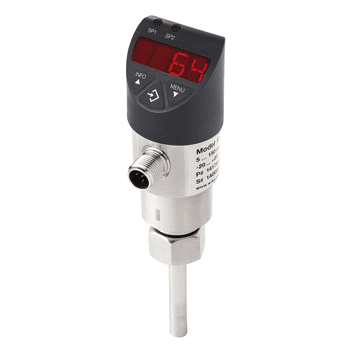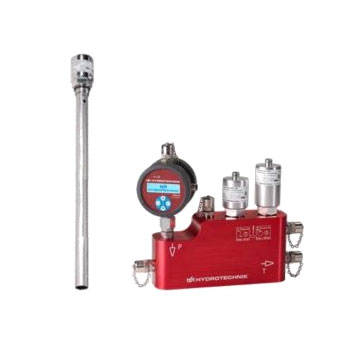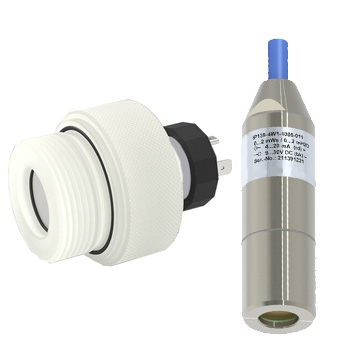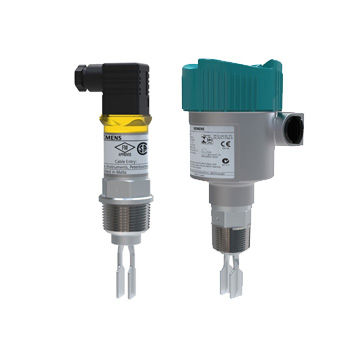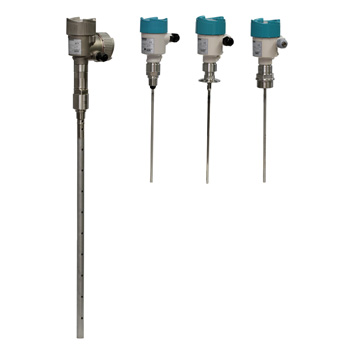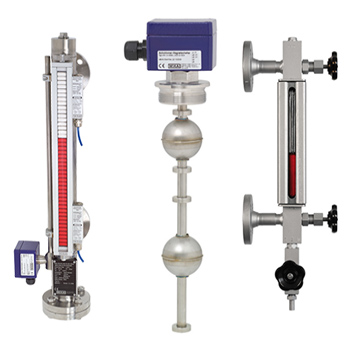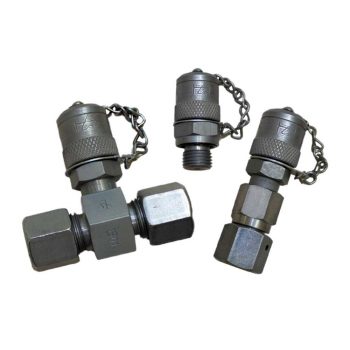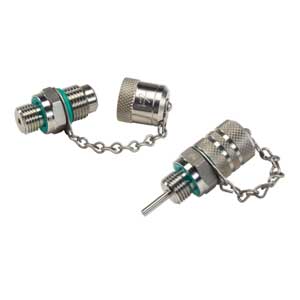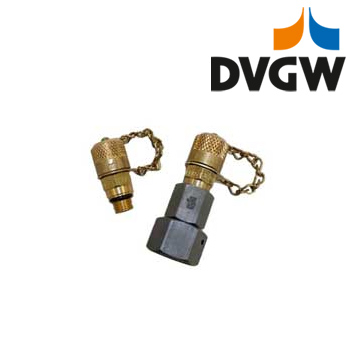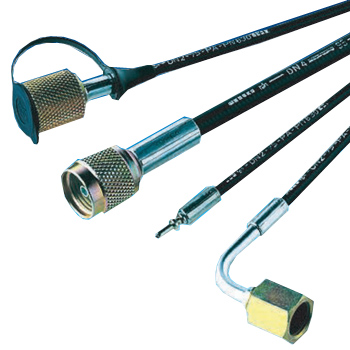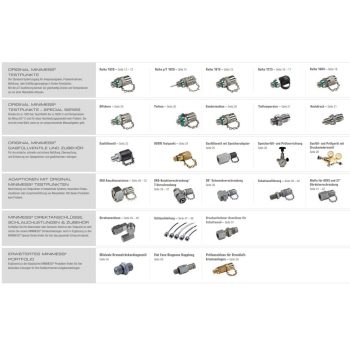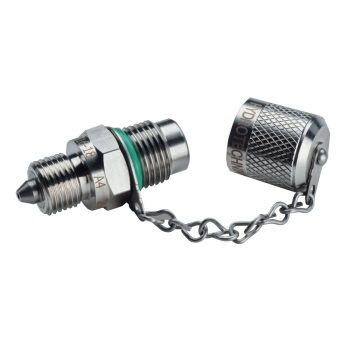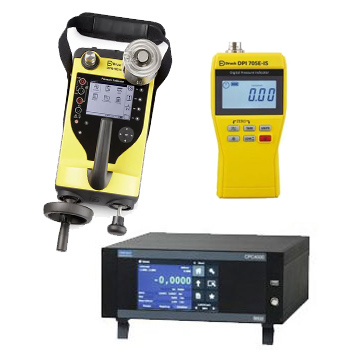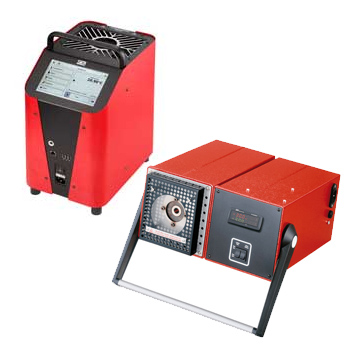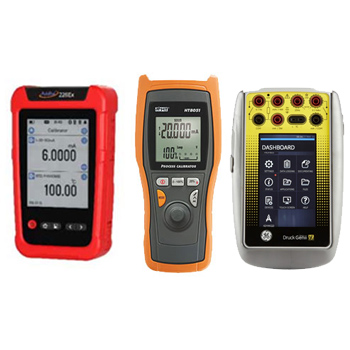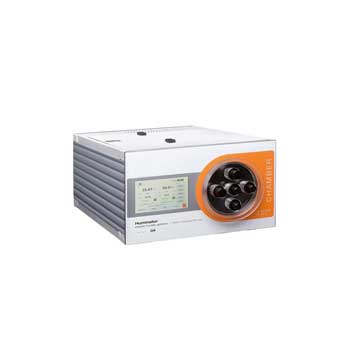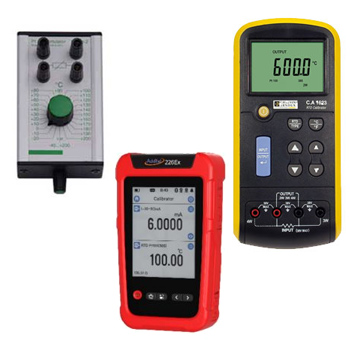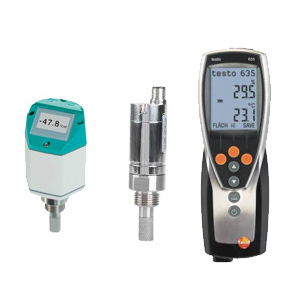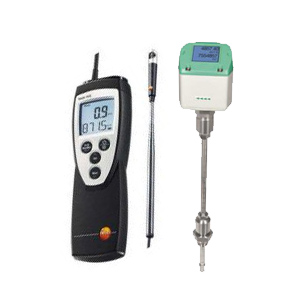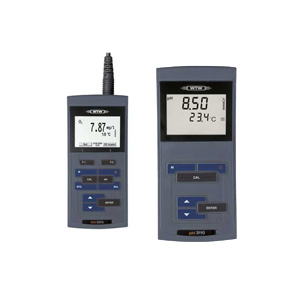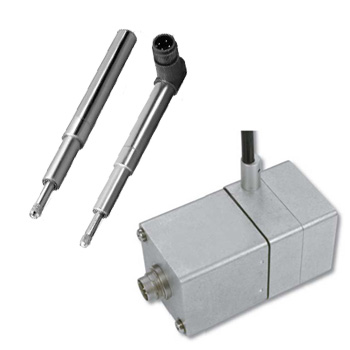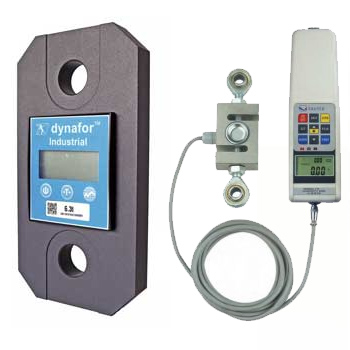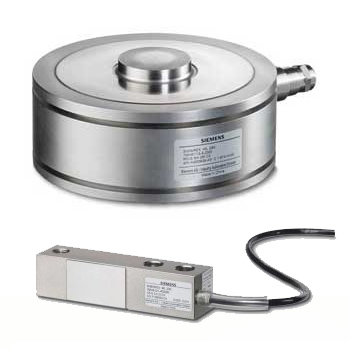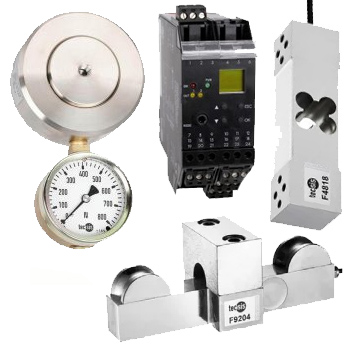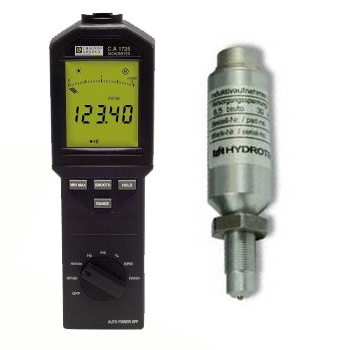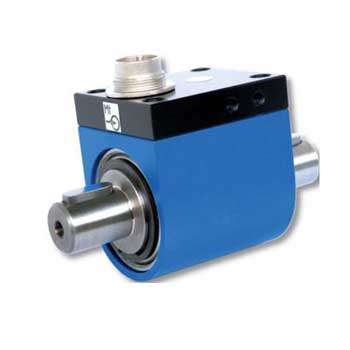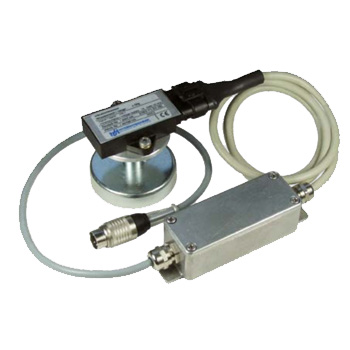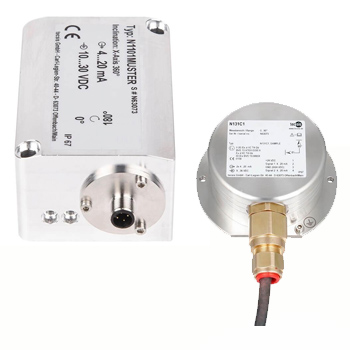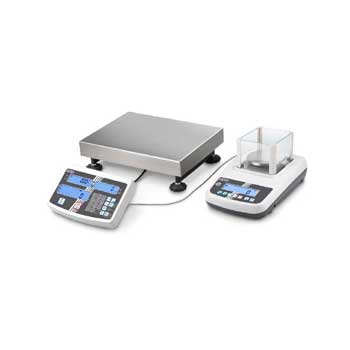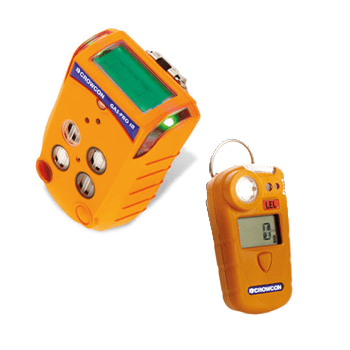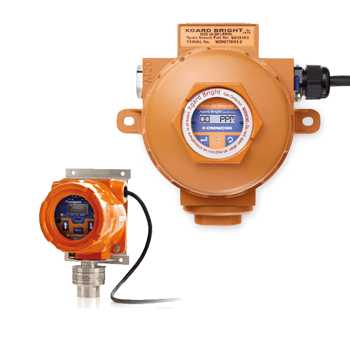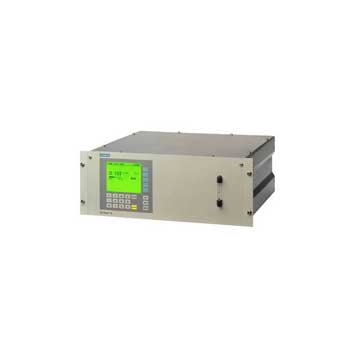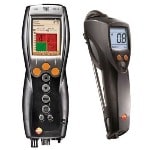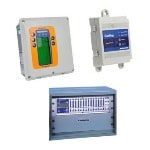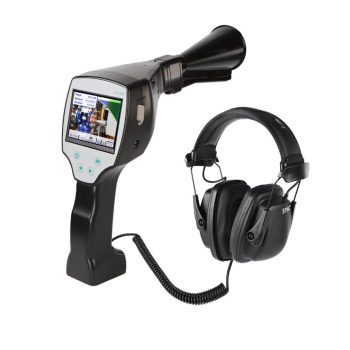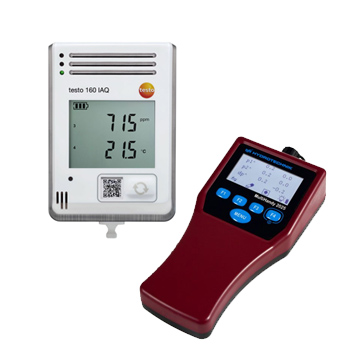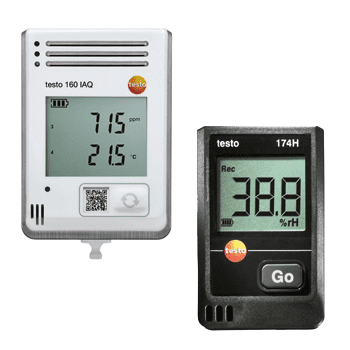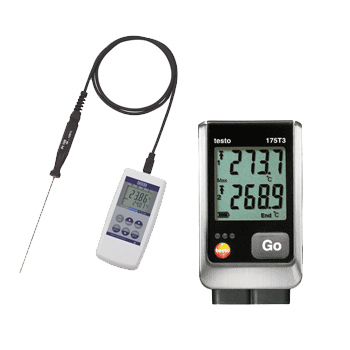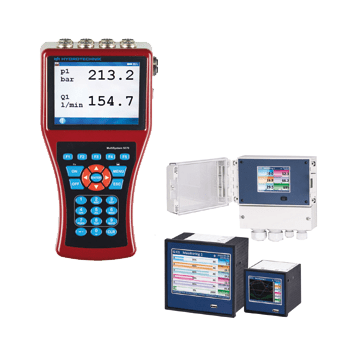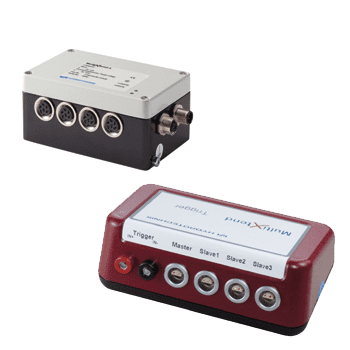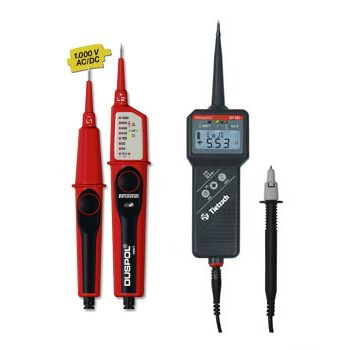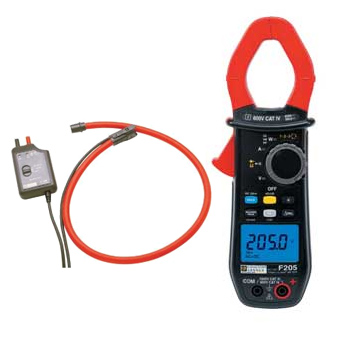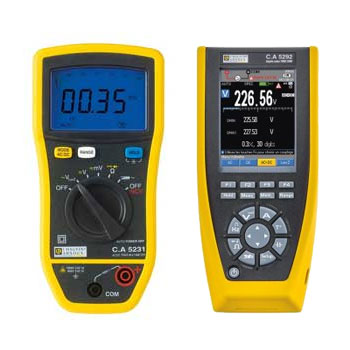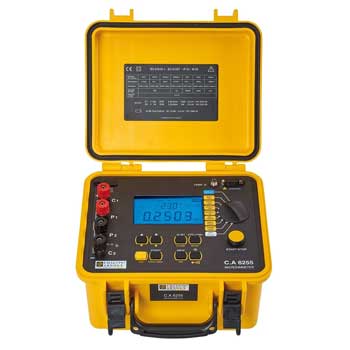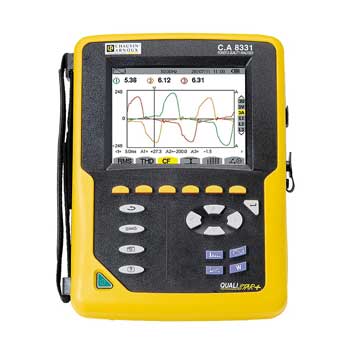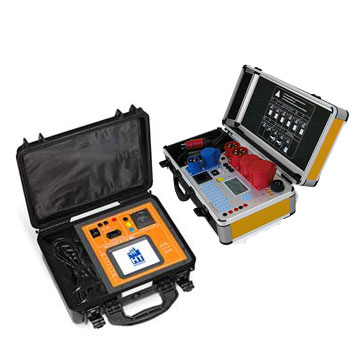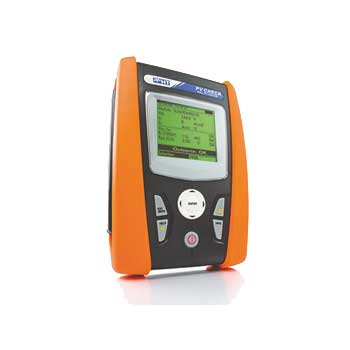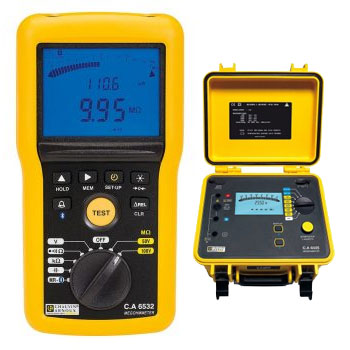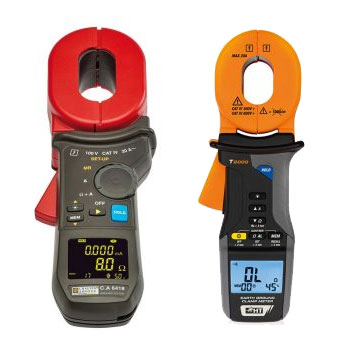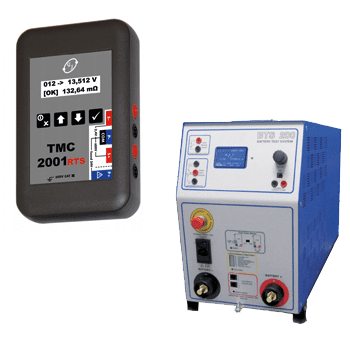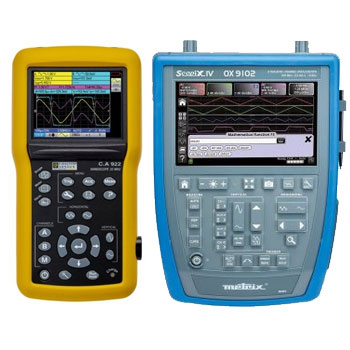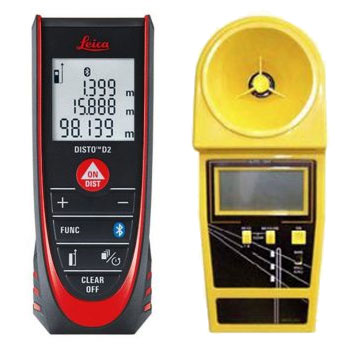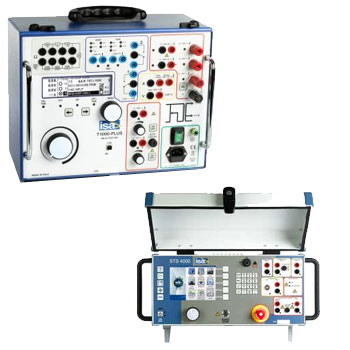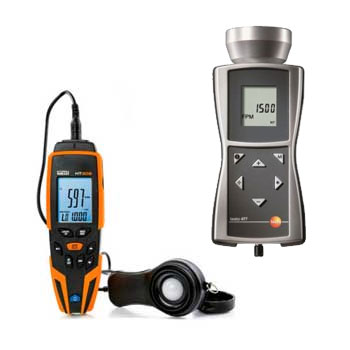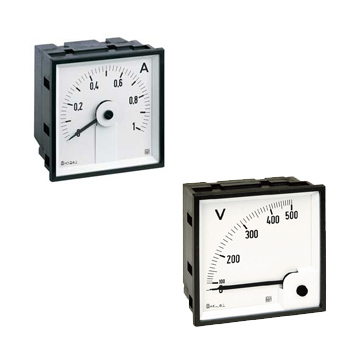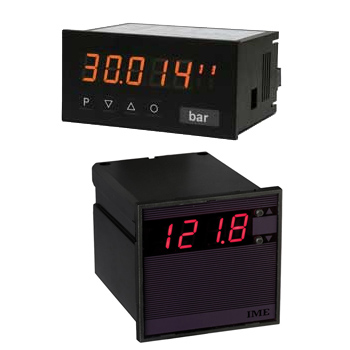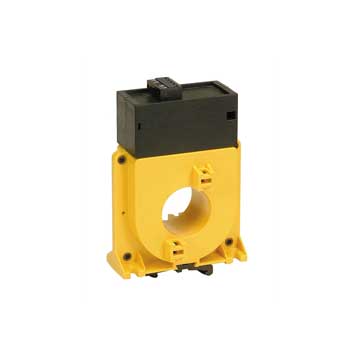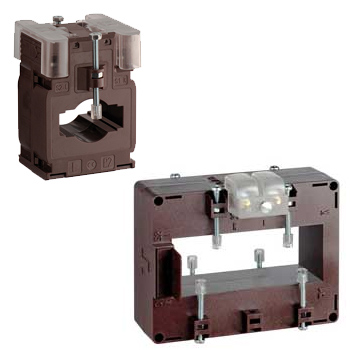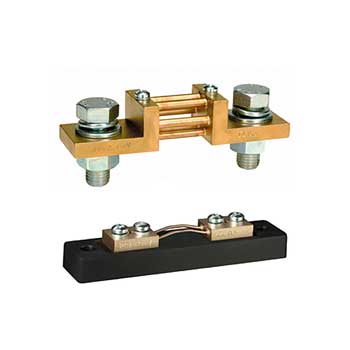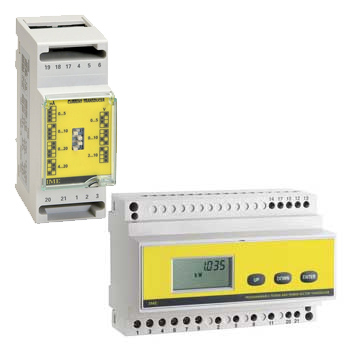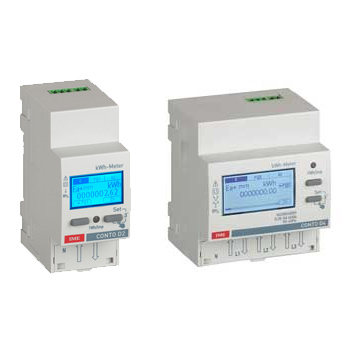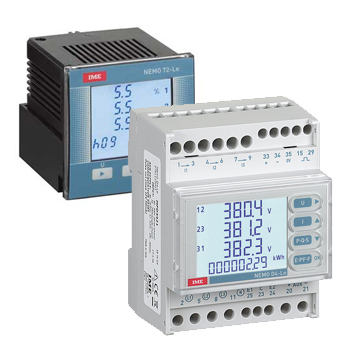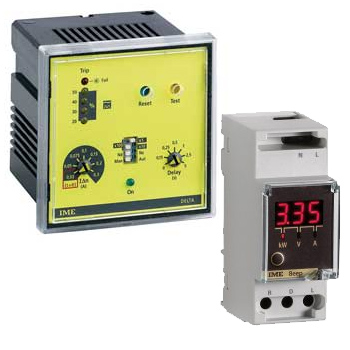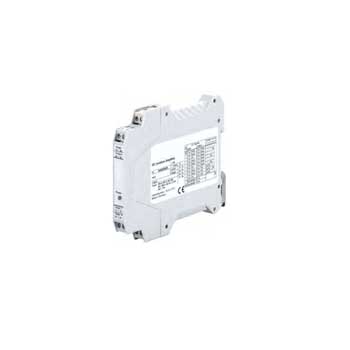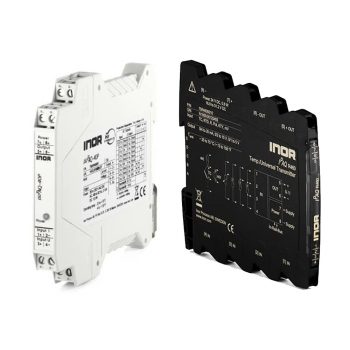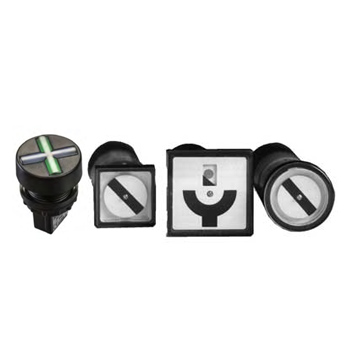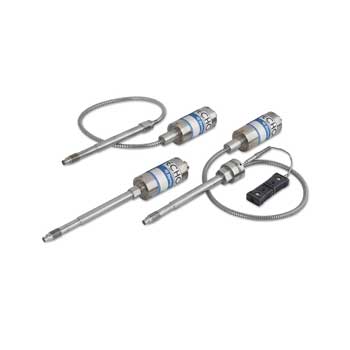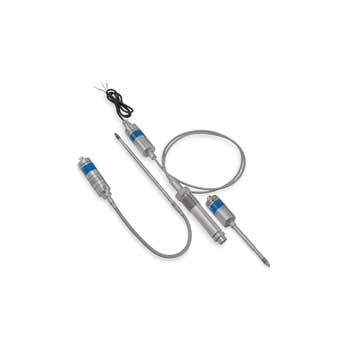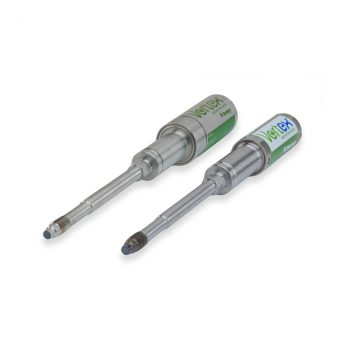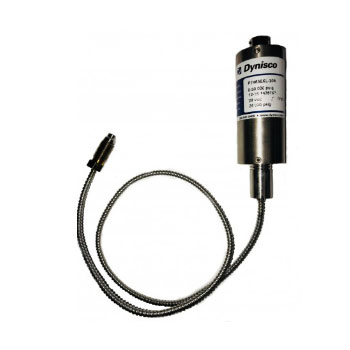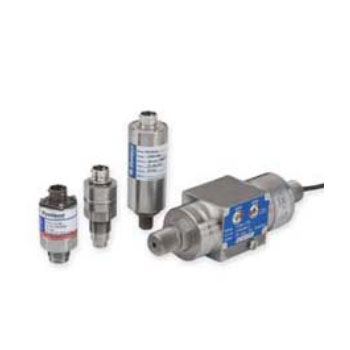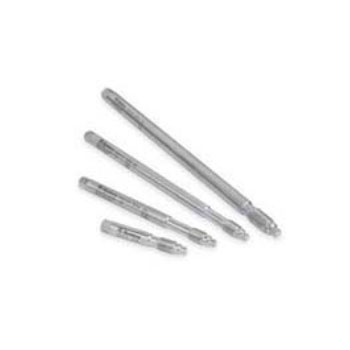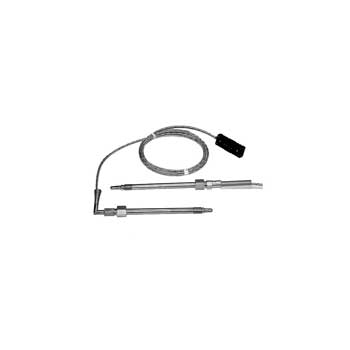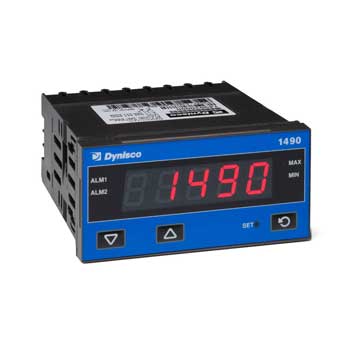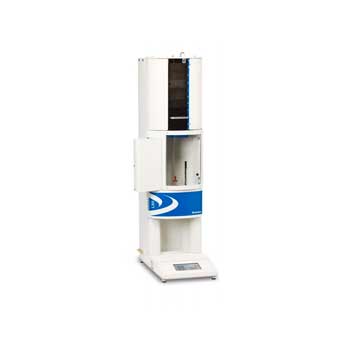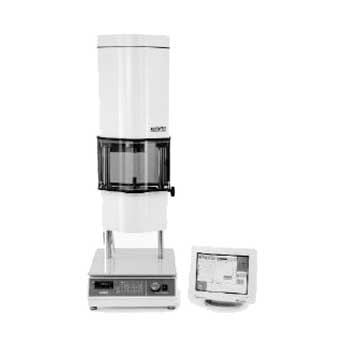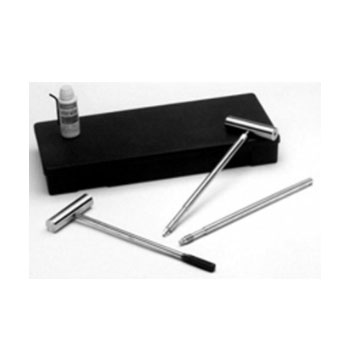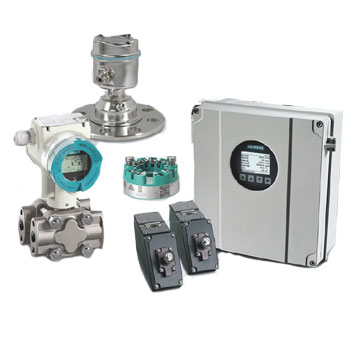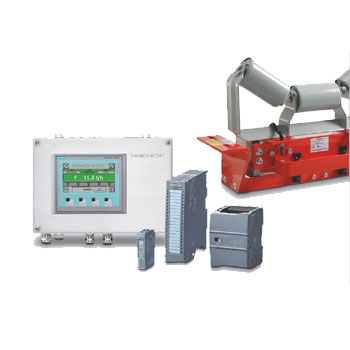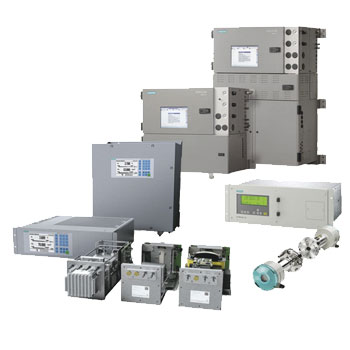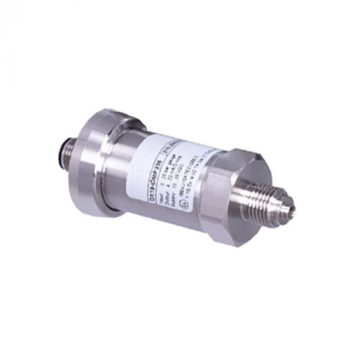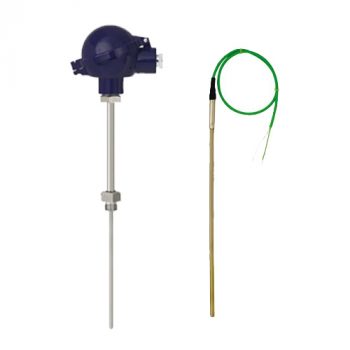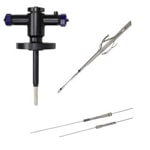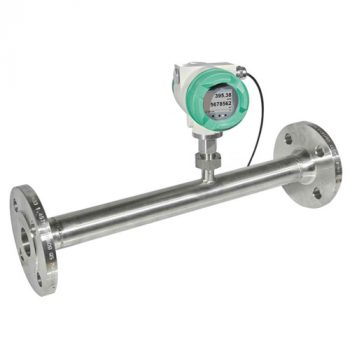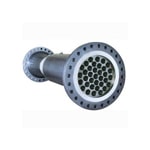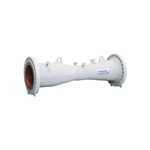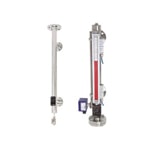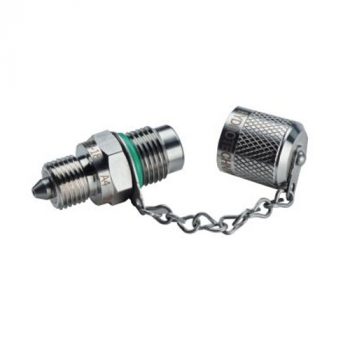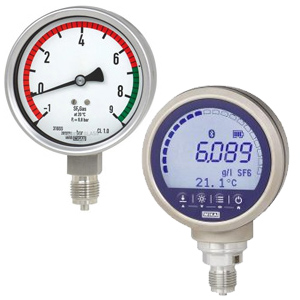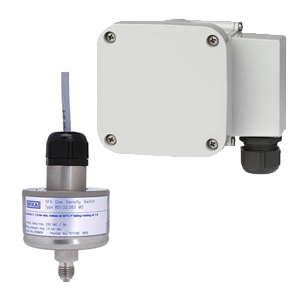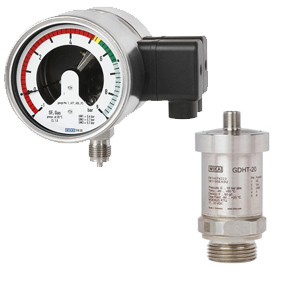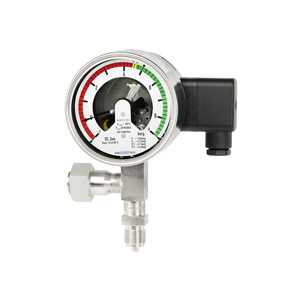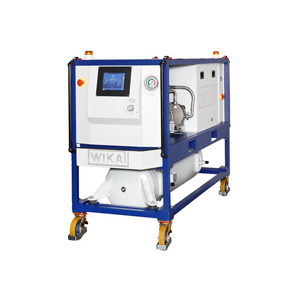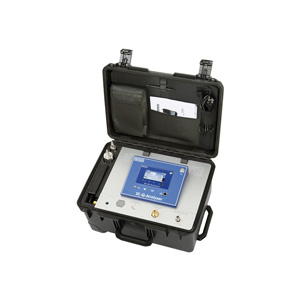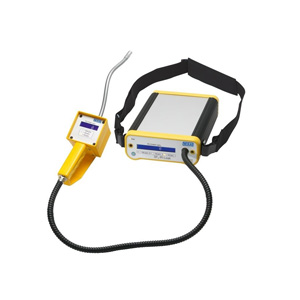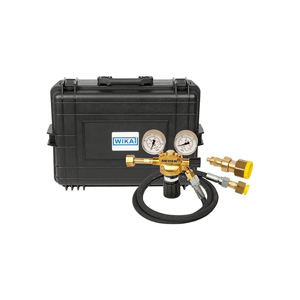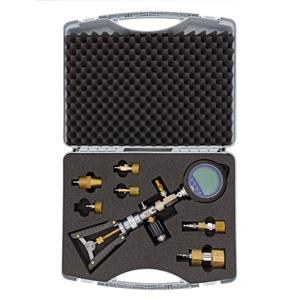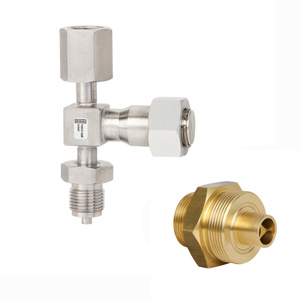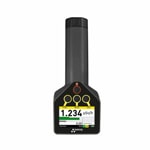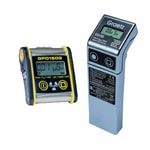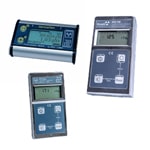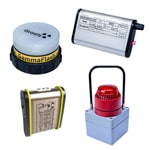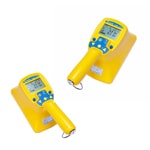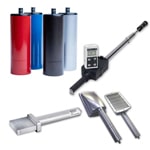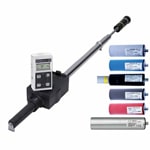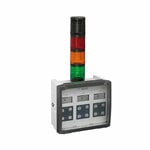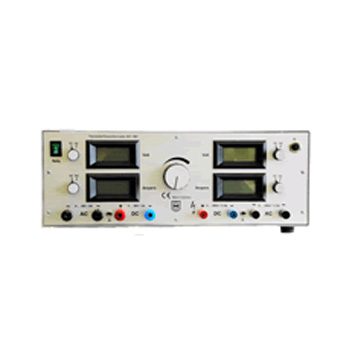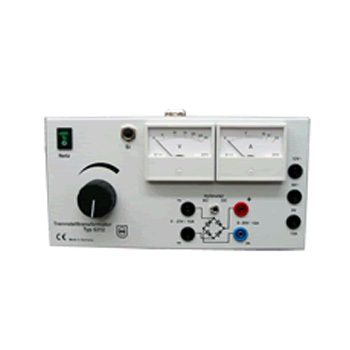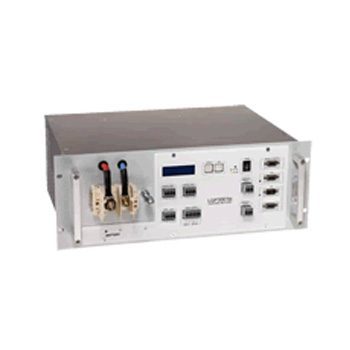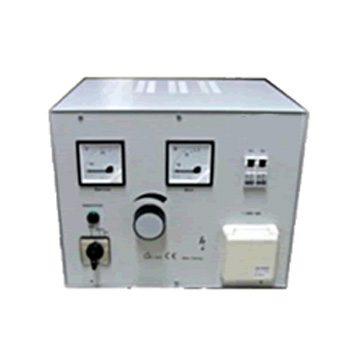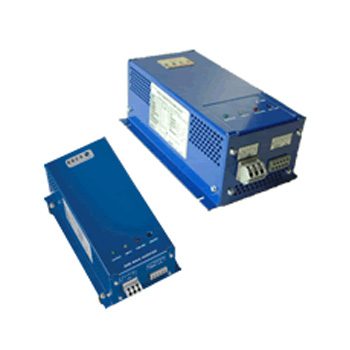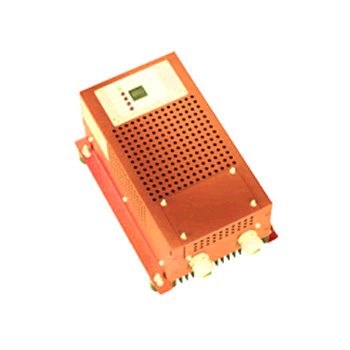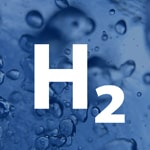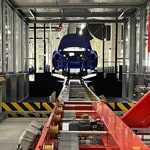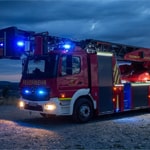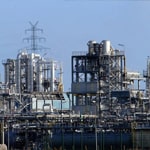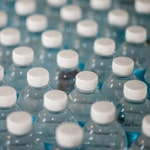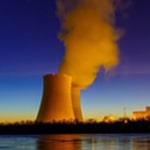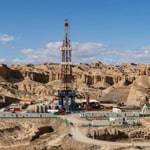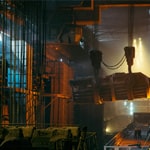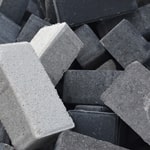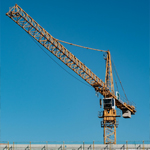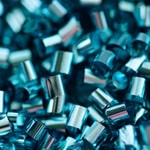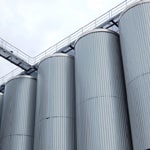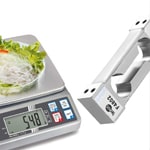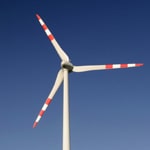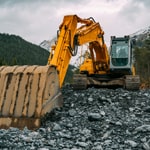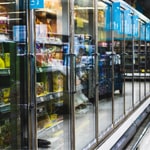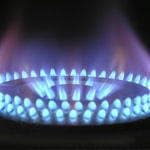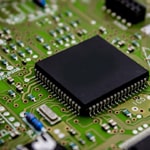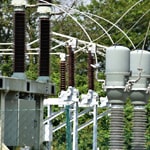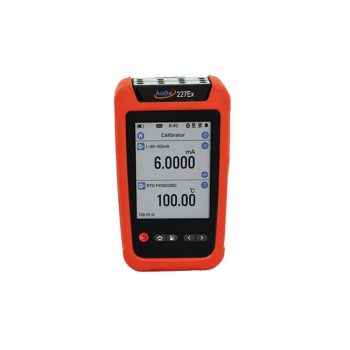
High-quality measurement technology is essential in potentially explosive areas. So it is also necessary to calibrate them regularly. Calibrating in a hazardous area means working with an intrinsically safe calibrator. The sole purpose of the intrinsic calibrator is safe use without risk of ignition in a hazardous area. The Atex certification guarantees this safe use.
What are Danger Zones?
Hazardous areas are most common in industries such as the petrochemical and pharmaceutical industries. They are both inside and outside. They contain highly combustible substances such as liquids, gases, vapors or dust. A fire or explosion can occur once all three conditions of the explosion triangle are met:
- Flammable substance
- Heat / ignition source
- Oxygen (usually from the air)
These areas classified as dangerous are clearly marked with the Ex logo.
How do intrinsically safe devices differ from normal devices?
Intrinsically safe devices emit substantially less heat and electricity than normal devices. How much energy they can release depends on the danger area in which they are used.
Furthermore, the surface consists of conductive material. In the electrical areas, the maximum value is often smaller. The battery charges and discharges much faster (this can be remedied with nickel-metal hydride batteries (NiMH)). If you have to charge a battery, this may only happen in a non-hazardous area. In the case of additional modules, it must be ensured that it is an intrinsically safe module.
Additional restrictions are listed in the product descriptions, depending on the device.
Portable calibrators preferred in hazardous areas
An important reason for choosing a mobile device is that the intrinsically safe test objects remain in the system and can still be precisely calibrated. From an economic point of view, it is of course also advantageous to use portable calibrators, due to the short process downtime.
What must be considered when maintaining the calibrators?
The serviced calibrator must retain its intrinsic safety after service.
Round off: explosion protection designations, national and international regulations
There are two standards in hazardous areas: IEC standards and the Atex directive.
The Atex directive is a European standardization of hazardous areas in Europe. This is divided into so-called zones. These zones are classified according to the likelihood of a flammable substance. Zone 0, Zone 1 and Zone 2 are assigned to gases and vapours. Zone 20, Zone 21 and Zone 22 are assigned to dust. Zone 0 and Zone 20 are considered permanent hazardous areas. Device group II in the Atex directive must also be observed. They are divided into device categories for potentially explosive atmospheres.
The IEC standards contain the same specifications as the Atex directive, specifying the respective degree of equipment protection. In IEC countries there are three zones that describe hazardous areas:
Zone 0: There is an explosive gas-air mixture here permanently or for a long time
Zone 1: Occasionally an explosive gas-air mixture escapes during normal operation
Zone 2: Rarely or briefly, an explosive gas-air mixture escapes during normal operation
There are 3 areas in the device classification according to IEC standardization:
- Mining Electrical Equipment
- Electrical equipment in non-mining locations with explosive gas atmosphere
- Electrical equipment in non-mining locations with potentially explosive dust atmospheres
This device classification is further refined by the temperature classification, where the ranges T1 to T6 are given. Each area specifies a maximum surface temperature for the device used.
There are small deviations from the IEC standard mentioned in North America. Zones are called sectors there. The IEC group IIC is divided there into acetylene and hydrogen. Regarding the temperature classification, there are some intermediate levels at T1 to T4, keeping T5 and T6.
Zones
|
Flammable substances |
Ex areas |
Device group |
Device category for EX atmosphere |
Probability |
|
Gases and vapors |
Zone 0 |
II |
1G |
constantly, for a long time or frequently |
|
Zone 1 |
II |
2G or 1G |
occasionally |
|
|
Zone 2 |
II |
3G or 2G or 1G |
probably not |
|
|
Dusts |
Zone 20 |
II |
1D |
constantly |
|
Zone 21 |
II |
2D or 1D |
occasionally |
|
|
Zone 22 |
II |
3D or 2D |
probably not |
Usability of the resources
|
List of gases and vapors |
||||
|
Explosion group II for type of protection d, i, n |
Gases and vapors |
|||
|
IIA |
Ammonia Methane Ethane Propane |
Ethyl Alcohol Cyclohexane n-butane |
Gasoline in general Jet fuels n-Hexane |
Acetaldehyde |
|
IIB |
Acrylonitrile town gas |
Ethylene Ethylene Oxide |
Ethylene Glycol Hydrogen sulfide |
Ethyl Ether |
|
IIC |
Hydrogen |
Acetylene ethine |
Carbon disulfide |
|
|
Temperature class: Assignment of gases, vapors and mists according to ignition temperature |
|||||
|
T1 |
T2 |
T3 |
T4 |
T5 |
T6 |
|
max. 450°C |
max. 300°C |
max. 200°C |
max. 135°C |
max. 100°C |
max. 85°C |
- Sourcing, simulating and measuring pressure, temperature and electrical signals
- Built-in Full Hart Communicator (ADT227-HART)
- Built-in Barometer
- Intrinsically safe models available (Ex)
- Large Smartphone Like Touchscreen User Experience
- USB Type-C and Bluetooth communications
- IP67 Rated
- High Voltage Measurement Capability (±300V AC)
- True RMS Voltage Meter Capability
- Dual channel pressure module ports
- High Static Differential Pressure Measurement 0.002% FS
- ISO 17025-accredited calibration w/data included

 Datasheet Datasheet |
 External Pressure Modules External Pressure Modules |
 ATEX Certificate ATEX Certificate |

